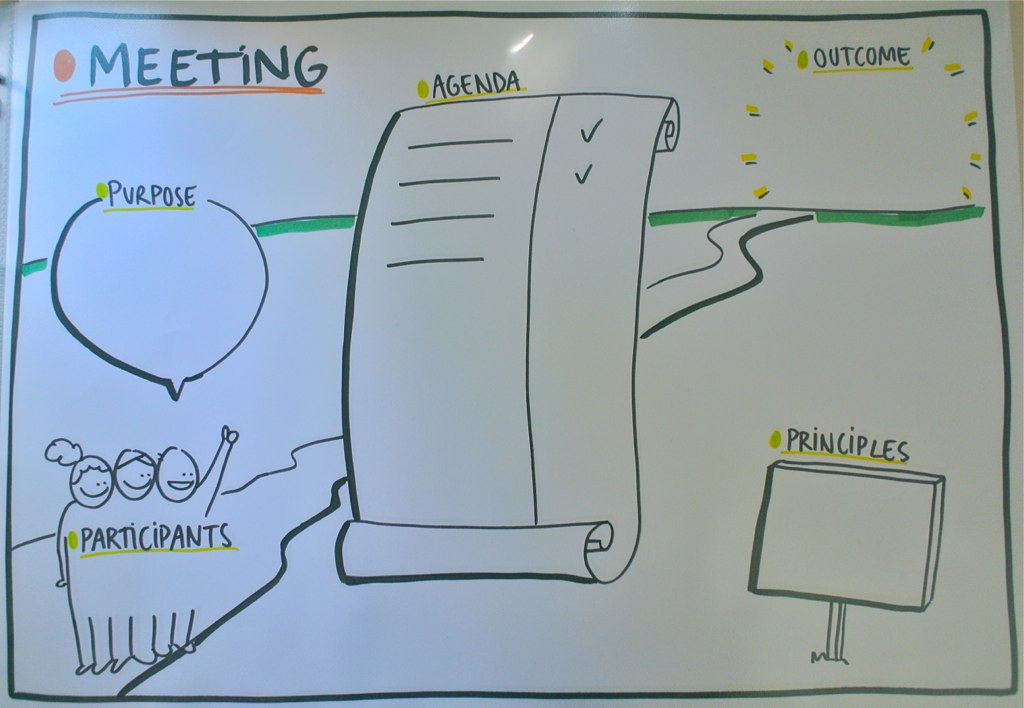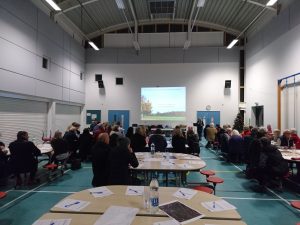Name of group
Date of Meeting
Agenda
(The numbers in brackets refer to the notes below, ignore these when using this document for real.)
- Welcome and thanks by Chairperson
- Apologies (1)
- Minutes of the Last Meeting (2)
- Minutes accepted as true record (3)
- Matters Arising from Last Meeting (4)
- Treasurer’s Report (5)
- First matter for discussion (6)
- Second matter for discussion
- Third matter
- Any other business (7)
(1) Apologies – Ideally these will have been notified to the Secretary. Some people may have told another member they can’t attend. They should give this information when the other apologies are given and it is noted down in the minutes.
(2) Members should have received a copy of the minutes from the previous meeting. If they have any problems or comments about those minutes this is where they should mention it and the comments should be noted down.
(3) The chair should ask if the minutes are accepted as a true record. One of the committee will propose yes and the proposal will be seconded by another member. Both names should be noted down in the minutes.
(4) Matters arising from the last meeting – This is literally just a report back on anything that anybody was asked to do at the previous meeting. If the matter is being discussed later in the meeting it does not need to be discussed here.
(5) Treasurer’s Report – Treasurer should prepare a very brief report for the meeting, just detailing bank balance and if there are any invoices waiting to be paid or money expected to arrive.
(6) The Secretary will have been advised about the main matters for discussion before the meeting and have been given any necessary papers (ideally).
(7) Any other business – this is where any other matters can be aired. It may be necessary to defer some items in this section, if they need more time to discuss them or if they need some research done. If this happens, make sure it is on the next meeting agenda as a main item.
Try not to have too many items on the agenda. It is important to keep to time and finish no later than 9.30 if meeting starts at 7.00 pm. People will lose interest if it drags on longer than two and a half hours. If you can keep it to two hours better still.
Keeping minutes
Minutes are a requirement of any committee. Accurate minutes should be kept of any meeting. Keep the layout of the minutes the same as that of the agenda.
Type or write the minutes up as soon as possible after the meeting while it is still fresh in your mind. A copy of the minutes should be sent to each member of the committee by e-mail or post as soon as they are ready. This is so that they will be reminded of any actions they were asked to do during the meeting.
Take some spare copies of the minutes to the next meeting.
Minutes Layout
Name of group
Date of Meeting
Present: List names of all people attending
1 Apologies
List any apologies
2 Matters arising from last minutes
Any items raised about the previous meeting minutes should be recorded here.
3 Minutes accepted as a true record
Proposed by: name , Seconded by: name
4 Treasurer’s report
(exampleThe treasurer reported that the bank balance was £……. As of that morning.
There are two outstanding invoices: 1 for £… to ………. And the other for £…. To …….
We are still waiting the cheque from the Lottery for £……. )
5 Title of first matter for discussion
Record the main points of the discussion. You do not need to keep a word for word record.
If anyone is asked to do something, or they offer to do something then put their initials in an action column against the item
6 Title of second matter
Details
7 Title of third matter
Details
8 Any other business
9 Date of next meeting
The sample above is just a rough idea of how to lay out minutes.
Numbering the paragraphs makes it easier to refer back.
Minutes do not need to be signed off these days. You should however note who proposed and seconded the acceptance of the previous minutes.

Reproduced with permission of North West Parks Friends Forum







